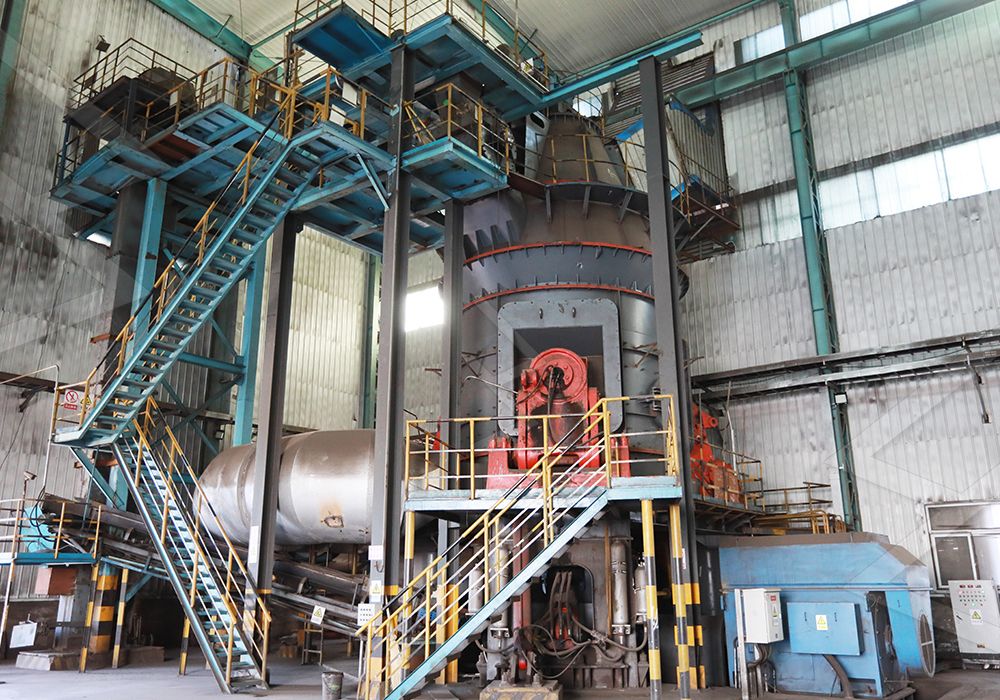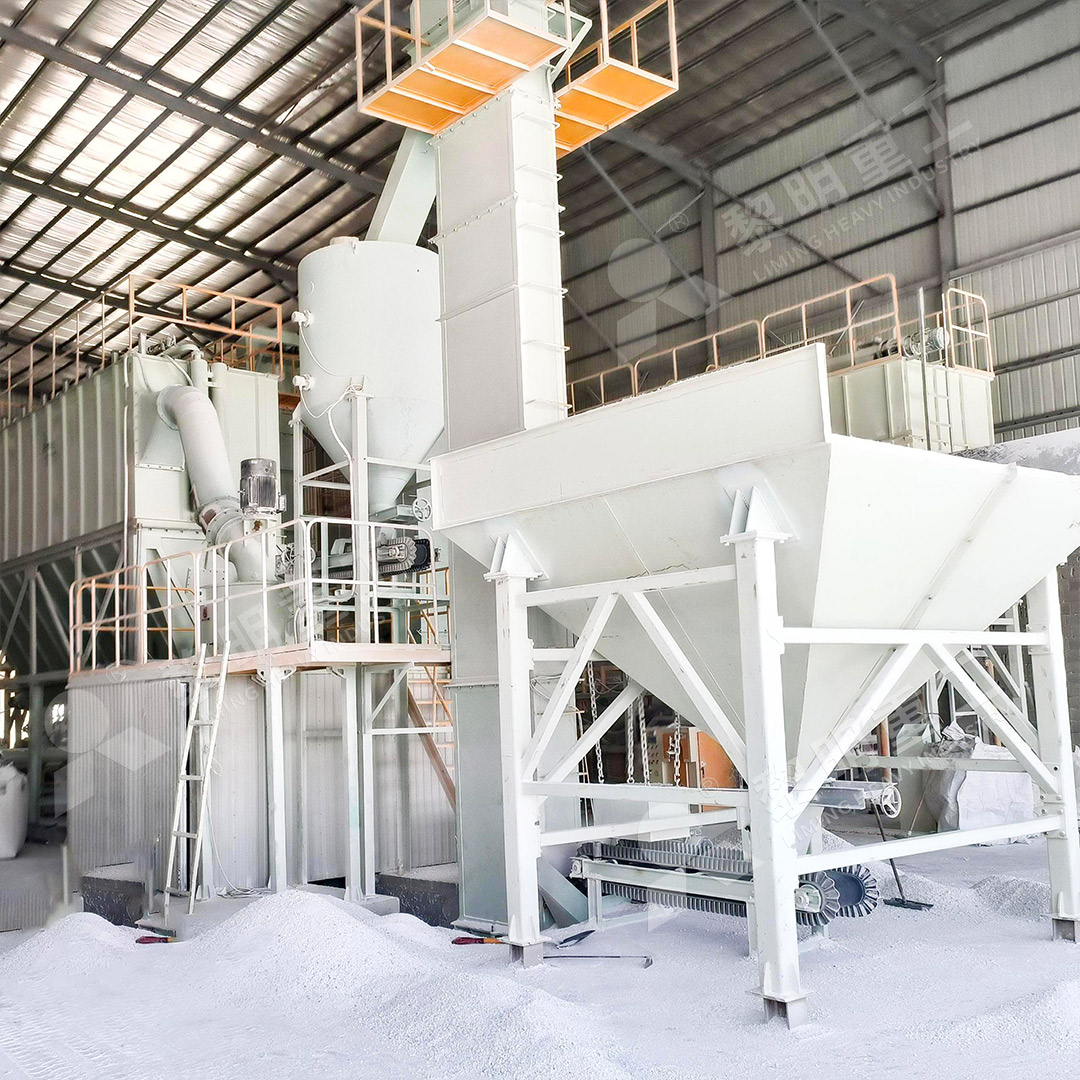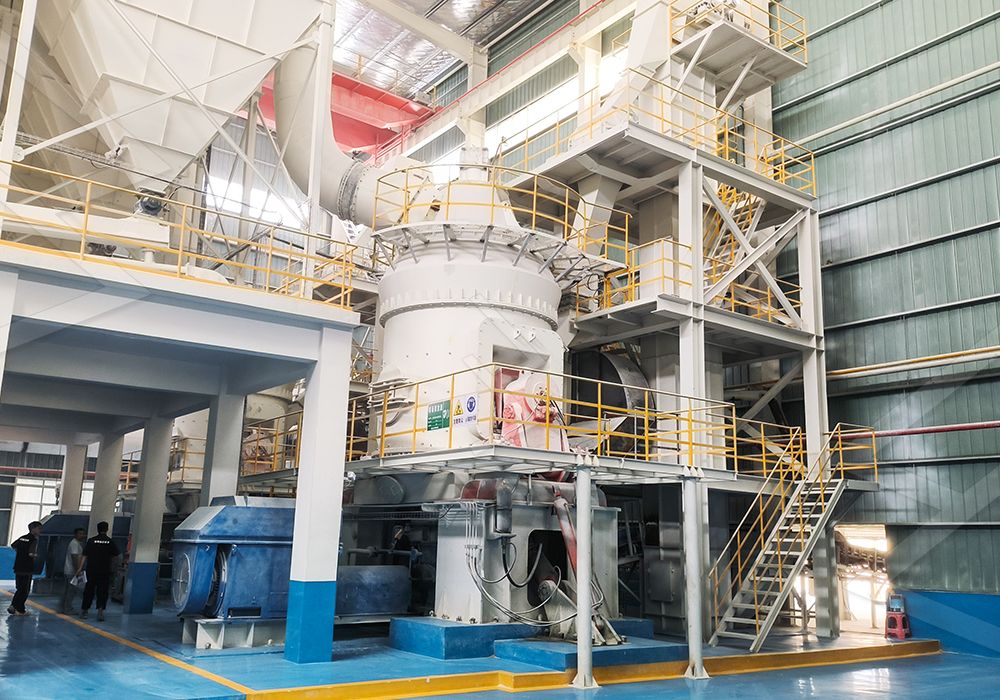Vertical Roller Mill Technical Specifications and Performance Data
Vertical Roller Mill Technical Specifications and Performance Data
In today’s competitive industrial landscape, selecting the right grinding equipment is crucial for optimizing production efficiency and maintaining product quality. Vertical roller mills have emerged as the preferred solution across numerous industries due to their superior energy efficiency, compact design, and exceptional grinding performance.
Key Technical Considerations
When evaluating vertical roller mills, several technical specifications demand careful attention. The input size capacity determines the preliminary crushing requirements, while throughput capacity directly impacts production planning. Modern mills typically handle input sizes ranging from 0-70mm depending on the model, with capacities varying from 0.5-340 tph to accommodate different production scales.

Grinding efficiency represents another critical factor. Advanced mills incorporate optimized grinding curves and pressure mechanisms that significantly enhance material reduction while reducing specific energy consumption. The integration of intelligent control systems allows for precise adjustment of operational parameters, ensuring consistent product quality across varying material characteristics.
Performance Excellence in Modern Design
Contemporary vertical roller mills demonstrate remarkable advancements in operational reliability. The elimination of rolling bearings and screws within the grinding chamber – as seen in our MW Ultrafine Grinding Mill – substantially reduces maintenance concerns and prevents machine damage from loose components. This design philosophy extends equipment lifespan while minimizing unexpected downtime.
The MW Ultrafine Grinding Mill stands out particularly for operations requiring ultra-fine powders between 325-2500 meshes. With an input size of 0-20 mm and capacity ranging from 0.5-25 tph, this machine incorporates German cage-type powder selector technology that ensures precise particle separation. What truly distinguishes this equipment is its remarkable efficiency – achieving 40% higher production capacity compared to jet grinding mills while consuming only 30% of the energy.

Environmental and Operational Advantages
Modern vertical roller mills address environmental concerns through integrated dust collection and noise reduction systems. Efficient pulse dust collectors ensure dust-free operation, while specially designed mufflers and noise elimination rooms maintain workplace noise at acceptable levels. These features allow operations to comply with stringent environmental regulations without compromising performance.
Operational simplicity is another hallmark of current designs. External lubrication systems enable maintenance without shutdowns, supporting continuous 24-hour production cycles. Digital processing of components ensures high precision manufacturing, particularly for core parts, guaranteeing consistent performance and easy replacement when necessary.
Application Versatility
The adaptability of vertical roller mills across diverse materials makes them invaluable across multiple industries. From processing limestone, calcite, and dolomite to handling petroleum coal, gypsum, and barite, these mills demonstrate consistent performance. Their application extends to specialized sectors including chemicals, paints, cosmetics, pharmaceuticals, and food additives, where product purity and consistent particle size distribution are paramount.

Frequently Asked Questions
What maintenance advantages do modern vertical roller mills offer?
Contemporary designs eliminate rolling bearings and screws within the grinding chamber, preventing related failures. External lubrication systems allow maintenance without production stoppages, while reversible structures facilitate easy access to grinding components.
How do vertical roller mills achieve energy efficiency?
Through optimized grinding curves, efficient material transport, advanced classification systems, and reduced mechanical losses. Some models consume 30-50% less energy compared to traditional grinding systems while maintaining higher throughput.
What fineness range can be achieved with ultrafine grinding mills?
Advanced models like the MW Ultrafine Grinding Mill can produce powders between 325-2500 meshes, with some achieving d97≤5μm in a single pass, thanks to sophisticated powder separation technology.
How do these mills address environmental concerns?
Integrated pulse dust collectors prevent dust emission, while silencers and noise elimination rooms reduce acoustic impact. The closed-system operation under negative pressure ensures minimal environmental footprint.
What industries commonly use vertical roller mills?
These mills serve cement production, coal grinding, power plant desulfurization, metallurgy, chemical processing, non-metallic mineral processing, construction materials, and ceramics manufacturing.
